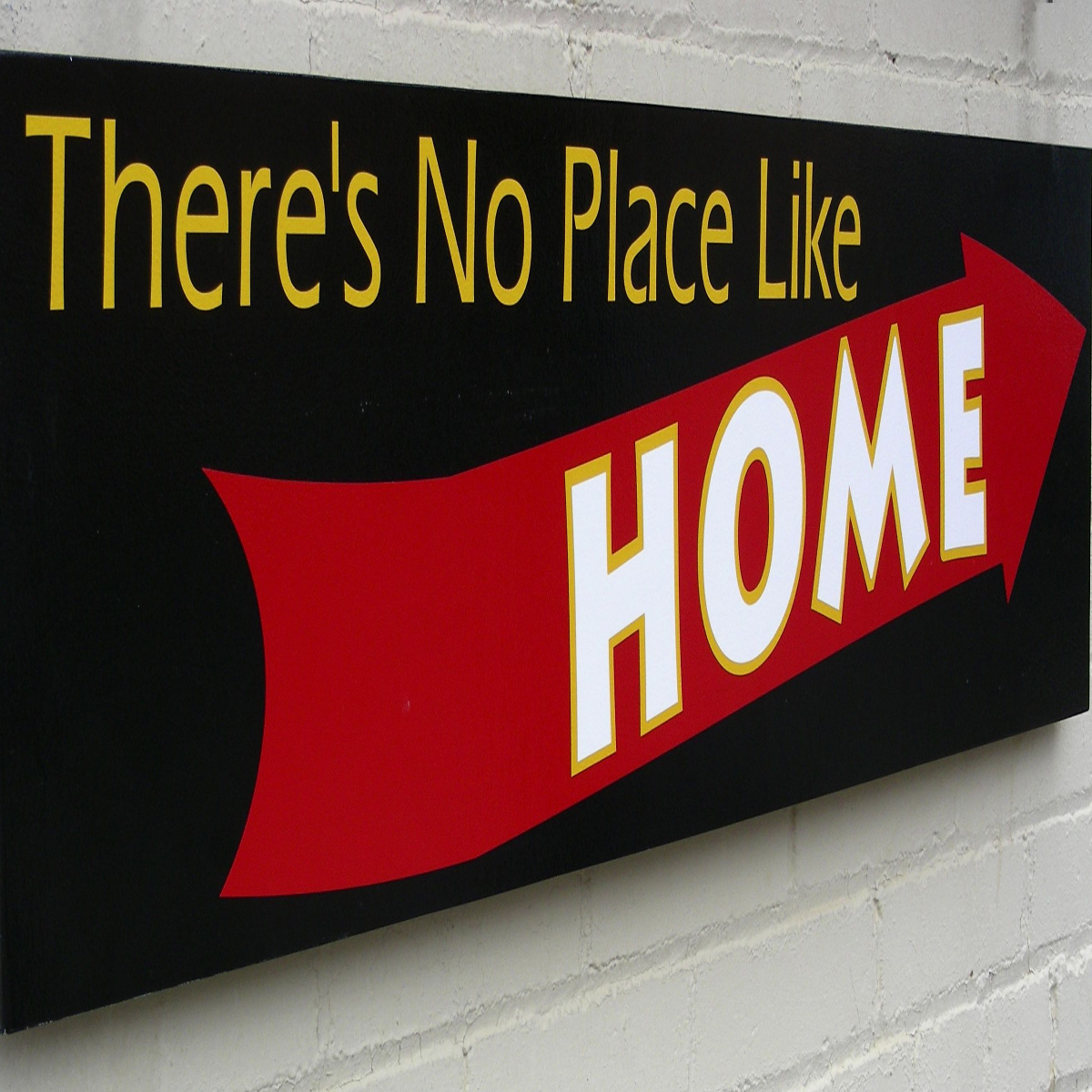Age-Friendly Homes
90% of senior adults plan to remain at home.
Trouble is that home repairs and weatherization often get neglected.
Most Homes Are
Not Built For Aging In Place
90% of senior adults plan to remain at home.
Trouble is that home repairs and weatherization often get neglected.
Home Repairs Increase Safety, Independence and Saves Money
Bathroom and Bedroom Safety
5M+
homes have no smoke detectors
38.6M
homes qualify for government home weatherization programs
37%
home fire deaths are over age 65
Creating Safe Homes for Aging in Place: A Construction Company’s Guide for Homeowners with Limited Incomes
As the population ages, the demand for safe and accessible living spaces for seniors has become increasingly crucial. Homeowners, particularly those with limited incomes, often face the challenge of adapting their homes to accommodate the aging process. As a construction company specializing in renovating and updating homes aged 50 years and older, our mission is to create safe environments that enable aging in place comfortably. In this comprehensive guide, we outline the top priorities for making a home safe for aging.
1. Accessibility Upgrades:
- Entrances and Exits: Implementing no-step entryways and ramps can eliminate barriers for those with mobility challenges. Widening doorways ensures wheelchair accessibility.
- Lever Door Handles: Replacing traditional doorknobs with lever handles makes doors more accessible for individuals with limited hand strength or dexterity.
2. Bathroom Modifications:
- Grab Bars: Installing sturdy grab bars in bathrooms, especially near toilets and in showers, provides essential support for balance and stability.
- Walk-In Tubs or Roll-In Showers: These modifications enhance safety by eliminating the need to step over high tub walls, reducing the risk of slips and falls.
3. Kitchen Adaptations:
- Lowered Countertops: Ensuring at least one section of the kitchen has lowered countertops accommodates individuals who may be seated while preparing meals.
- Pull-Out Shelves: Easy access to items in cabinets is facilitated by pull-out shelves, minimizing the need to reach or bend excessively.
4. Flooring Considerations:
- Non-Slip Flooring: Opting for non-slip flooring materials in high-traffic areas and bathrooms reduces the risk of falls, providing a safer environment.
- Carpeting: In areas where softer flooring is preferred, low-pile carpeting with minimal trip hazards is recommended.
5. Adequate Lighting:
- Bright, Uniform Lighting: Well-lit spaces with uniform lighting reduce the risk of tripping. Task lighting in key areas such as kitchen counters and reading spaces enhances visibility.
- Motion Sensor Lights: Incorporating motion sensor lights in hallways and bathrooms ensures adequate illumination, especially during nighttime movements.
6. Smart Home Technology:
- Voice-Activated Controls: Implementing voice-activated controls for lights, thermostats, and security systems enhances accessibility for those with limited mobility or dexterity.
- Fall Detection Systems: Smart home systems with fall detection capabilities offer an additional layer of safety, promptly alerting caregivers or emergency services in case of a fall.
7. Comfortable and Supportive Furniture:
- Ergonomic Seating: Providing chairs and sofas with proper back support and firm cushions aids individuals with mobility issues in sitting and standing comfortably.
- Adjustable Beds: Adjustable bed frames can enhance sleeping comfort and ease the process of getting in and out of bed.
8. Handrails and Supportive Features:
- Stair Handrails: Sturdy handrails on both sides of staircases provide crucial support for those navigating different levels within the home.
- Supportive Outdoor Features: Installing handrails or grab bars in outdoor spaces, such as on porches or near entrances, aids individuals in maintaining balance while entering or exiting the home.
9. Emergency Preparedness:
- Accessible Exits: Ensuring easy access to exits in case of emergencies, such as widening doorways and having clear pathways, is vital.
- Communication Devices: Installing easy-to-use communication devices, like medical alert systems, allows homeowners to seek assistance promptly in case of an emergency.
10. Regular Maintenance and Safety Checks:
- Routine Inspections: Regularly inspecting the home for potential safety hazards, such as loose handrails or uneven flooring, is crucial for maintaining a safe living environment.
- Adaptable Designs: Implementing designs that allow for future adaptations ensures that homes can be easily modified to meet changing needs as individuals age.
As a construction company committed to enhancing the safety and functionality of homes for aging in place, our approach emphasizes collaboration with homeowners to prioritize modifications based on individual needs and budget constraints. By focusing on these top priorities, we aim to create living spaces that not only promote safety but also support the independence and well-being of seniors with limited incomes.
Your Home-Safety Checklist
- Are cabinet doorknobs easy to use?
- Are stove controls easy to use and clearly marked?
- Are faucets easy to use?
- Are there grab bars where needed?
- Are your doors and windows easy to open and close?
- Are your door locks sturdy and easy to operate?
- Are your doors wide enough to accommodate a walker or wheelchair?
- Do your doors have peepholes or viewing?
- Are light or power switches easy to turn on and off?
- Are electrical outlets easy to reach?
- Are the electrical outlets properly grounded to prevent shocks?
- Are your extension cords in good condition?
- Can you hear the doorbell in every part of the house?
- Do you have smoke detectors throughout your home?
- Do you have an alarm system?
- Is the telephone readily available for emergencies?
- Would you benefit from having an assistive device to make it easier to hear and talk on the telephone?
- Are all of the floors in your home on the same level?
- Are steps up and down marked in some way?
- Are all floor surfaces safe and covered with non-slip or non-skid materials?
- Do you have throw rugs or doormats that could be hazardous?













